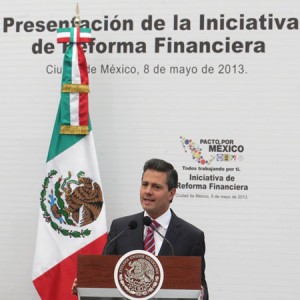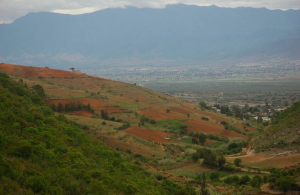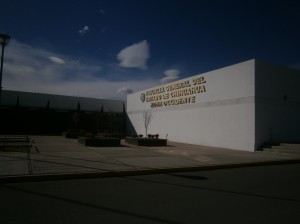
‘Til Debt do us Part’-Mexico Financial Reforms
Critics argue that Mexico’s financial reforms could increase consumer debt and repossessions in Mexico, and lead to more publicly funded bailouts of foreign-owned banks.

Critics argue that Mexico’s financial reforms could increase consumer debt and repossessions in Mexico, and lead to more publicly funded bailouts of foreign-owned banks.

Denver, Colorado-based Sunshine Silver Mines Corp. is the owner of a mining project that had its machines returned by local authorities in the village of Magdalena Teitipac last month. Media reports and

It has been five years since Mexican legislators approved a series of changes to Mexico’s constitution relating to security, the justice system, and organized crime. The changes, it was promised, would make

If they board a bus, undocumented migrants in Mexico can be pulled off and deported by soldiers at numerous checkpoints dotting northern-bound highways. Without paperwork, they can’t make it past the airport
Obama last visited Mexico during the G-20 summit in Los Cabos last June. He and his entourage will touch down again today for talks with Mexico’s new president, Enrique Peña Nieto. Since
Since the US got on board, the TPP has taken shape as a second generation of geographically-distributed multilateral negotiations after the collapse of the World Trade Organization (WTO) talks and the Free